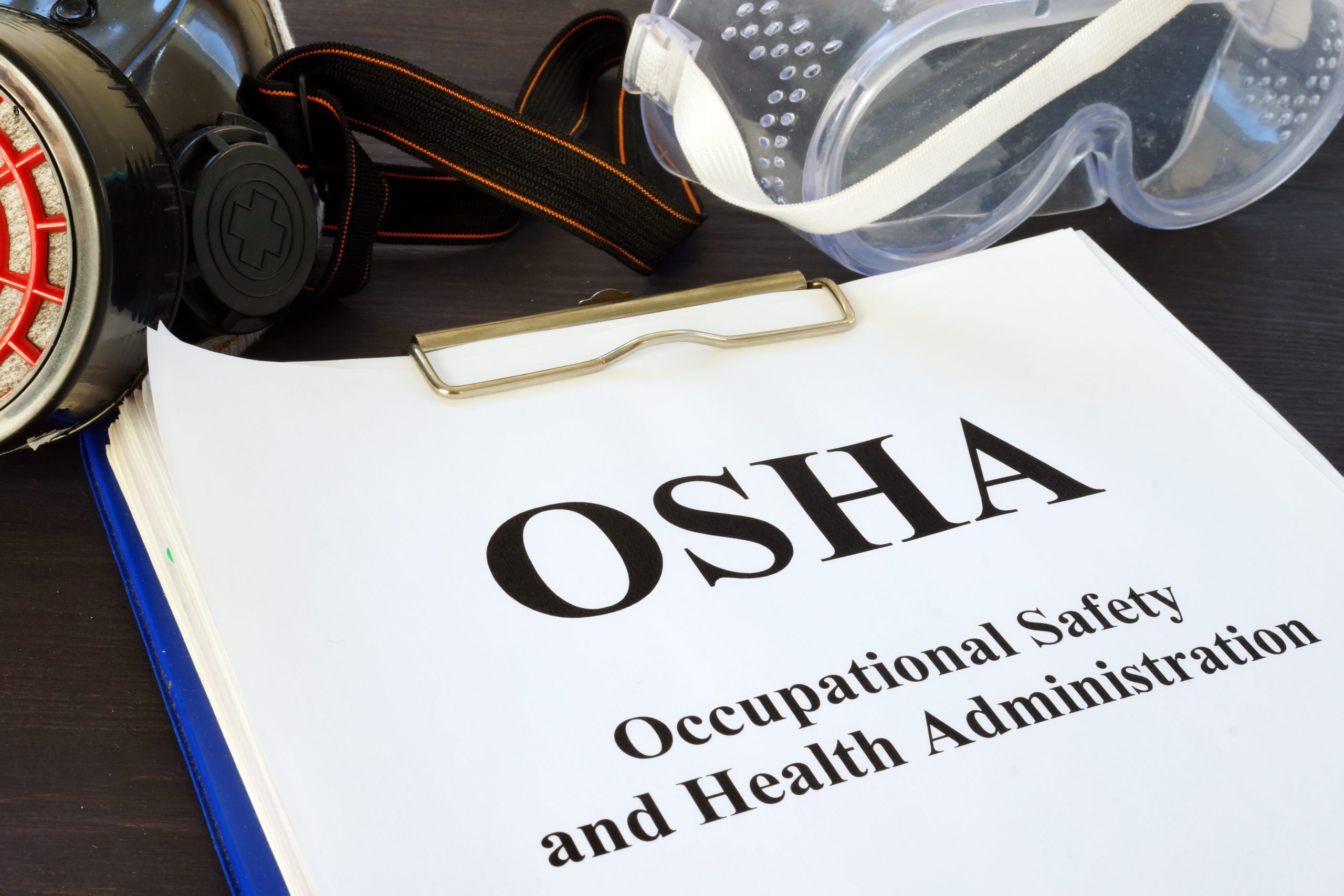
The increase in the frequency of violent confrontations faced by healthcare workers in the workplace is prompting OSHA to pursue a standard for Prevention of Workplace Violence in the Healthcare and Social Assistance industries. Healthcare workers have faced a significant increase (63% from 2011-2018) in the incidence of violent and aggressive acts in the workplace, according to the Bureau of Labor Statistics and the Association of American Medical Colleges. According to OSHA, “nonfatal workplace violence is more widespread in the Healthcare and Social Assistance Standard than in any other industry.”Continue Reading OSHA Pursues Potential Standard for Prevention of Workplace Violence in Healthcare and Social Assistance and Unions Urge Enhancements to Final COVID-19 Safety Standard for Healthcare Workplace



